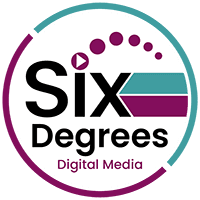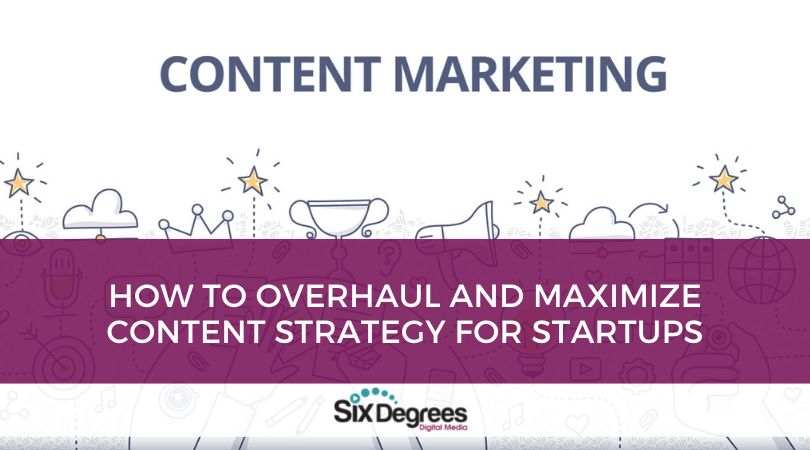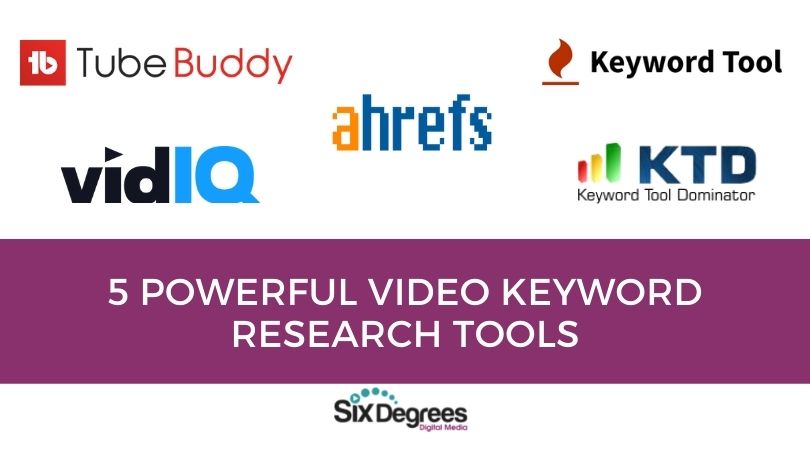In the digital marketing realm, there are two important terms that often come up: content marketing and copywriting. While both are crucial elements of any successful marketing strategy, they serve different purposes and have distinct approaches. Understanding the differences between content marketing and copywriting can help businesses leverage them effectively to achieve their goals. In this article, we will explore the nuances of content marketing and copywriting, highlighting their unique features, strategies, and benefits.
I. Defining Content Marketing and Copywriting
Content Marketing:
Content marketing focuses on creating and distributing valuable, relevant, and consistent content to attract and engage a specific target audience.
It aims to provide value and establish trust with the audience by offering educational, informative, or entertaining content.
Content marketing strategies often include blog posts, articles, videos, podcasts, infographics, and social media content.
Copywriting:
Copywriting, on the other hand, is the art of crafting persuasive and compelling written content with the goal of driving specific actions from the reader.
It aims to persuade and influence the audience to take a desired action, such as making a purchase, subscribing to a newsletter, or filling out a form.
Copywriting is primarily used in advertisements, sales pages, landing pages, email campaigns, and other direct response marketing materials.
II. Objectives and Goals
Content Marketing:
The main objective of content marketing is to build brand awareness, establish thought leadership, and nurture long-term relationships with the target audience.
Content marketing aims to attract and engage potential customers, providing them with valuable information and insights related to their interests or pain points.
It focuses on generating organic traffic, increasing website visibility, and fostering brand loyalty.
Copywriting:
The primary goal of copywriting is to drive immediate action and generate tangible results, such as conversions, sales, or leads.
Copywriting aims to create persuasive and compelling messaging that motivates the reader to take the desired action.
It focuses on optimizing conversion rates, improving click-through rates, and maximizing the return on investment (ROI) for marketing campaigns.
III. Writing Style and Approach
Content Marketing:
Content marketing emphasizes storytelling, providing valuable information, and educating the audience.
It employs a more conversational tone, focusing on engaging and entertaining the reader.
The content is often longer in length, allowing for in-depth exploration of topics and providing comprehensive information.
Copywriting:
Copywriting utilizes concise and persuasive language to grab attention and create a sense of urgency.
It employs a more direct and persuasive tone, highlighting the benefits, features, and unique selling points of a product or service.
The content is typically shorter, focusing on delivering a clear and compelling message within a limited word count.
IV. Target Audience and Distribution Channels
Content Marketing:
Content marketing targets a wider audience and aims to attract potential customers at various stages of the buyer’s journey.
It leverages a mix of distribution channels, such as blog platforms, social media, email newsletters, guest posting, and search engine optimization (SEO) strategies.
Copywriting:
Copywriting targets a specific audience segment that is ready to take immediate action.
It focuses on distribution channels that directly reach the target audience, such as paid advertising, landing pages, email marketing, and sales funnels.
V. Measuring Success and ROI
Content Marketing:
The success of content marketing is often measured by metrics such as website traffic, engagement metrics (comments, social shares), time spent on page, and brand sentiment.
The success of content marketing is often measured by metrics such as website traffic, engagement metrics (comments, social shares), time spent on page, and brand sentiment.
The ROI of content marketing is typically evaluated in terms of increased brand visibility, improved brand perception, and the nurturing of a loyal and engaged audience over time.
Copywriting:
The success of copywriting is measured by metrics directly tied to the desired action, such as click-through rates, conversion rates, sales revenue, and lead generation.
The ROI of copywriting can be easily quantified by comparing the investment in the copywriting campaign to the revenue or leads generated as a result.
VI. Collaboration and Integration
Content Marketing:
Content marketing often involves collaboration with subject matter experts, influencers, and other stakeholders to create high-quality, informative content.
It integrates with various marketing strategies and channels, including social media marketing, SEO, email marketing, and PR, to amplify the reach and impact of the content.
Copywriting:
Copywriting requires close collaboration with the marketing team or clients to understand the product or service, target audience, and desired outcomes.
It integrates with different marketing channels and strategies, such as landing page optimization, email marketing campaigns, PPC advertising, and sales funnel development, to maximize conversions and results.
Conclusion:
While both content marketing and copywriting are essential components of a comprehensive digital marketing strategy, they serve distinct purposes and require different approaches. Content marketing focuses on providing valuable and informative content to attract and engage a target audience, while copywriting aims to persuade and drive immediate action.
By understanding the differences between these two disciplines, businesses in the EdTech and higher education sectors can effectively leverage content marketing to build brand awareness, establish thought leadership, and nurture long-term relationships, while employing copywriting to create compelling messaging that drives conversions and generates tangible results. By integrating these strategies effectively, businesses can achieve their marketing goals and maximize their return on investment.
Level up your content by scheduling a strategy session with us today.






